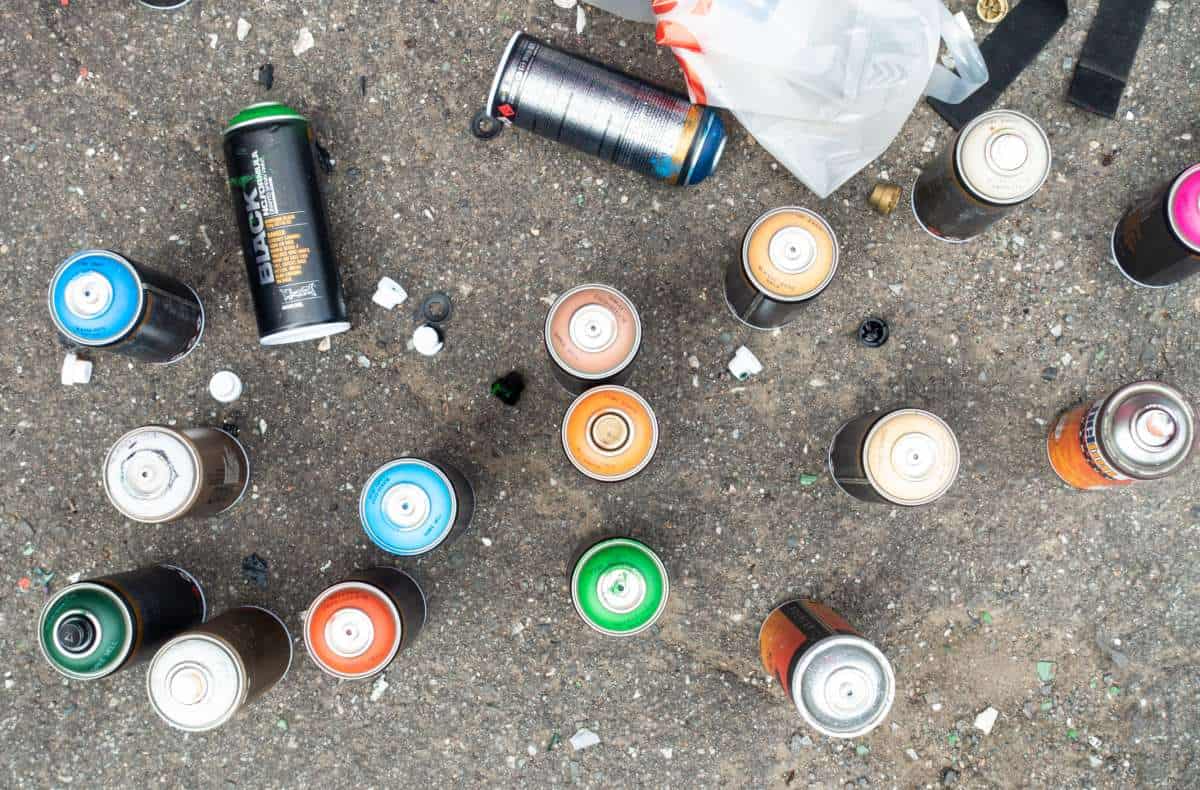Most parents are aware of the dangers of teen drug use, particularly early alcohol use, marijuana, prescription pills, and other substances that are more readily available than “hard” drugs. But one of the most dangerous drug types is even more ubiquitous than liquor or weed. And that’s your run-of-the-mill inhalant. Often overlooked, inhalant abuse can cause many dangers to teenagers and their mental health and overall wellbeing.
Inhalants are a class of drugs that range from everyday household items like room fresheners to butane tanks and cleaning supplies. They’re impossible to regulate because they aren’t meant for human consumption, and have a wide range of both commercial and home uses.
Inhalant abuse is more common among underprivileged teens and low-income households. Inhalant abuse can cause dangers to a teen’s physical and mental health and leave a lasting impact on the brain, lungs, and heart. But they’re cheap and can induce a powerful high. Understanding the signs of inhalant abuse can help you recognize it in your loved ones before irreparable damage is done – and get the help you need.
What is an Inhalant?
There is a wide range of inhalant drugs. Most of them are liquids that become gaseous in contact with air or when decompressed.
Hair sprays, air fresheners, deodorant, whipped cream cartridges, cleaning sprays, dry cleaning fluids, wood lacquers, varnishes, cooking sprays, glues, felt-tip markers, fuels (like butane, benzene, and propane), and nail polish removers are some of the most common inhalants and can be found in nearly any part of the household, from the garage to the kitchen counter, the sink, the bathroom, or the attic. In general, inhalants with potential for abuse can be split into four categories:
- Solvents – these include varnishes, glues, paint thinners, paint removers, correction fluid, marker fluid, and gasoline.
- Gases – these include anesthetic drugs like chloroform and nitrous oxide, as well as compressed liquid fuel, such as propane or butane.
- Aerosols – these include fluorocarbons in hairsprays, and other household aerosols, from whipped cream cartridges to vegetable oil sprays.
- Nitrites – these are unique in the sense that they’re often marketed as cleaning supplies but are more often used specifically for recreational use. Known colloquially as poppers, drugs like alkyl nitrite are inhaled through a crushed vial and act as an impromptu muscle relaxant and minor euphoric drug. Some territories, like the European Union, have banned the sale of a wide range of nitrites.
Certain chemicals in each of these items can produce a high in the human brain due to an acute toxic reaction. In other words, inhalant abuse can cause poisoning oneself for a short period of time. The immediate effect of these drugs on the central nervous system can cause hallucinations, slurred speech, loss of coordination, and dizziness.
Some inhalants have a history as a psychoactive or even medical drug, such as most inhaled anesthetics (chloroform and nitrous oxide in particular).
Long-term inhalant abuse is rare nowadays but exceptionally dangerous. These substances are even more harmful than other common drugs like nicotine, alcohol, or marijuana and can cause permanent damage to the brain. Some of these inhalants are more dangerous than others.
Inhalant Abuse Can Cause Many Effects in Teens
Inhalant abuse can cause an instant affect on the brain because of the way inhaled substances rapidly enter the bloodstream through our lungs and reach through the blood-brain barrier even faster than ingested substances. It’s one of the reasons spending too much time around wood varnishes, gasoline tanks, or correction fluid can cause headaches and lightheadedness.
Most inhalants are not addictive substances in the conventional sense. The danger of addiction from inhalant abuse is more so linked to potential behavioral problems in the person using the drug. For example, someone struggling with severe depression as a result of their living situation might use inhalants more often as a form of escapism or self-harm.
Many teens who use inhalants are not doing so specifically because of any euphoric symptoms, but mostly for the hallucinogenic and mind-altering effects of long-term inhalant abuse. Inhalants constitute a class of cheap and ubiquitous drugs that provide teens from low-income households with an opportunity to shut out the rest of the world and forget their problems.
In other cases, teens might try an inhalant because they have heard about the effects of inhalant use on the mind and want to give it a go.
Inhalants can lead to an overdose. In many cases, acute inhalant deaths are caused by brain damage, leading to seizures that stop the heart. First responders will try to restart the heart of a victim of an inhalant overdose to save their life.
Furthermore, inhalant abuse can cause varying long-term effects on the body and differs from substance to substance, but organ damage is always a risk. Liver and kidney damage, limb spasms, developmental disorders, and brain damage are some common long-term health effects of inhalant abuse.
If inhalant use becomes a long-term problem, it may be a sign of other, complex issues behind the scenes. Behavioral therapy is often used successfully to treat substance use disorder with inhalants.
Is My Teen Using Inhalants?
Many of the outside signs of inhalant use are similar to alcohol abuse. Inhalant abuse can cause slowed and slurred speech and movement patterns, loss of coordination, unwieldy limbs, and may be affected cognitively, meaning they may struggle to remember things, might disassociate frequently, or suffer from chronic headaches.
A good way to keep an eye out for potential inhalant abuse is to monitor your various household supplies and check in on your teen from time to time.
If you’re finding strange things in their room, such as vegetable oil sprays or aerosol cans for products they don’t usually use, it may be a good idea to talk to them about it. Some inhalants are less obvious, such as correction fluid or felt tip markers in a student’s bag. In these cases, your best bet is to hope that your teen is honest with you.
If you’re worried about your teen’s behavior, there’s no harm in talking to them about seeing a counselor or a therapist. Alternatively, you can seek help yourself. A mental health professional may be better able to advise you, given the details of your circumstances, and help explain what your teen is going through. They may also be able to help you set up an intervention if needed.








